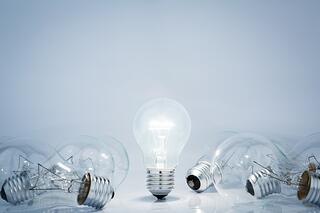The motion-sensored lighting system is one of the requirements of a sustainable building that an electrical engineer needs to consider. In this article, let us delve into the disadvantages and advantages of this device in an office setting.

Disadvantages
- The sensors of the motion-sensored lighting system need to detect presence or movement in order to activate. If there are only a few occupants in an area, this device will require them to periodically activate the sensor (subject to the hold on time set) by moving within the detection zone.
- There is a possibility that the luminaires’ lifespan can be shortened due to the frequency of the switching. This will occur if the motion detectors are located in areas of high activity. Strategic placement of the sensor and appropriate selection of the model for the area can mitigate this problem.

Advantages
- Energy Savings – This system is very efficient as it automatically switches off the luminaires when there is no presence detected (for a predefine time). As a result, the end-user saves on electricity consumption.
- Convenience – Turning on the lights will be as easy as walking inside the room. No need to search for the switch on the wall. The lighting system will automatically turn off the lights when it does not sense any movement for a certain period of time.
- Acts as a Deterent – This device also acts as a deterent from intruders as it will be harder to do unlawful activities after business hours. The security team or people in the community will be able to pinpoint areas that may have unusual activities.
The disadvantages mentioned can easily be mitigated by careful product selection and design of the lighting control system by the Electrical Engineer. Given this information, a motion controlled lighting system will provide significant advantages to an office setting.





